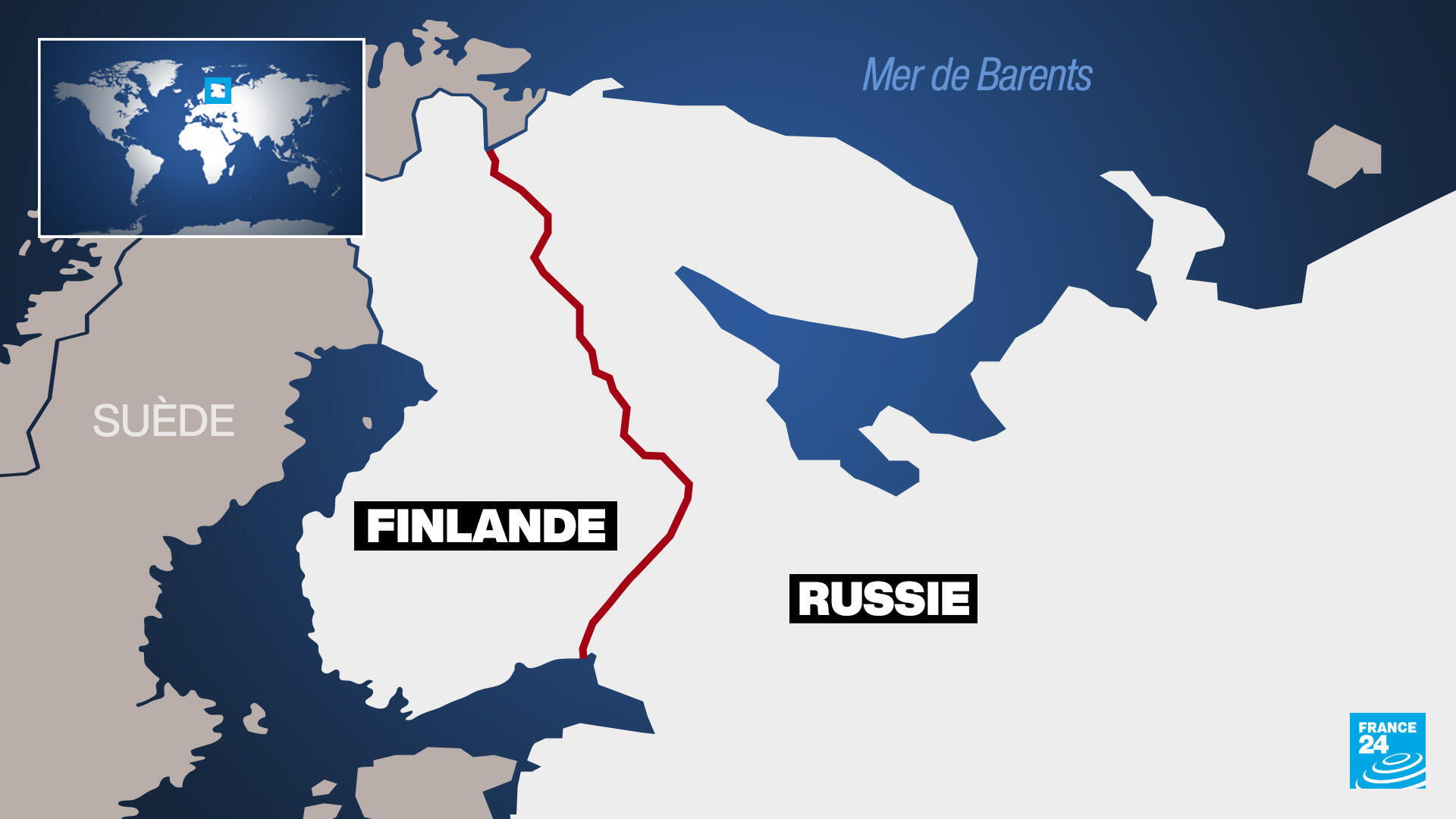The Role Of Middle Managers: Connecting Leadership Vision With Employee Action

Table of Contents
Translating Leadership Vision into Actionable Goals
Middle managers are the linchpin connecting high-level strategic objectives with day-to-day operations. Their ability to effectively translate leadership vision into actionable goals is paramount to organizational success.
Understanding and Interpreting Strategic Objectives
Middle managers must possess a deep understanding of the overall organizational strategy. This requires actively engaging with leadership to gain clarity on strategic priorities and translating these into specific, measurable, achievable, relevant, and time-bound (SMART) goals for their teams.
- Examples of translating high-level strategies: A company's overarching goal of "market expansion" might translate into team-specific goals like "increase sales by 15% in the new regional market" or "launch a new product line targeting a specific demographic."
- Methods for effective communication of strategic objectives: Regular team meetings, clear communication plans, visual aids (like dashboards), and one-on-one check-ins are crucial for ensuring everyone understands the "why" behind their work.
Resource Allocation and Prioritization
Effective middle managers are adept at resource allocation, ensuring that budget, personnel, and time are deployed strategically to support the achievement of team goals. This requires careful prioritization based on the strategic importance of different tasks and projects.
- Strategies for prioritizing tasks and projects: Employing techniques like Eisenhower Matrix (urgent/important), MoSCoW method (Must have, Should have, Could have, Won't have), and value vs. effort analysis can help prioritize effectively.
- Techniques for managing competing demands and optimizing resource utilization: Regular project reviews, agile methodologies, and cross-functional collaboration can help optimize resource use and minimize conflicts.
Fostering Employee Engagement and Motivation
Middle managers play a crucial role in fostering a positive and productive work environment where employees feel engaged, motivated, and aligned with the overall organizational vision.
Effective Communication and Feedback
Open, transparent, and regular communication is essential. Middle managers must keep their teams informed about progress, challenges, and changes, providing timely and constructive feedback.
- Best practices for delivering constructive feedback and recognition: Regular one-on-ones, using the "sandwich method" (positive-constructive-positive), and focusing on behavior rather than personality are key strategies.
- Strategies for creating a positive and supportive work environment: Promoting teamwork, celebrating successes, and addressing concerns promptly contribute to a positive work atmosphere.
Empowering and Developing Team Members
Empowering team members to take ownership of their work and providing opportunities for growth and development is crucial. Middle managers are responsible for identifying and nurturing talent within their teams.
- Methods for delegating effectively and fostering autonomy within teams: Clearly define roles and responsibilities, provide sufficient training and resources, and trust employees to manage their work.
- Strategies for identifying and nurturing talent within the team: Regular performance reviews, mentoring programs, and offering opportunities for skill development and advancement help nurture talent.
Navigating Challenges and Building Bridges
Middle managers often act as buffers between upper management and frontline employees, navigating challenges and building bridges to ensure smooth operation and alignment.
Conflict Resolution and Team Building
Effective middle managers are skilled in resolving conflicts and fostering strong team cohesion. They build trust and rapport, creating a collaborative work environment.
- Effective conflict resolution techniques: Active listening, mediation, finding common ground, and focusing on solutions rather than blame are essential skills.
- Strategies for building trust and rapport within the team: Team-building activities, open communication, recognizing individual contributions, and promoting a culture of respect contribute to team cohesion.
Adapting to Change and Uncertainty
The ability to adapt to changing circumstances and navigate uncertainty is critical. Middle managers need to effectively communicate changes and manage expectations while maintaining alignment with the organization's overall vision.
- Strategies for fostering resilience and adaptability within the team: Promoting a growth mindset, providing training on change management techniques, and celebrating successful adaptations help build team resilience.
- Methods for effectively communicating changes and managing expectations: Transparency, clear communication channels, and opportunities for employees to ask questions are vital during periods of change.
Conclusion
The role of middle managers is undeniably crucial for organizational success. Their ability to translate leadership vision into actionable goals, foster employee engagement, and navigate challenges effectively determines how successfully an organization achieves its strategic objectives. Effective middle management requires a blend of strong communication skills, adept resource allocation, and a commitment to team development. By understanding and effectively implementing the role of middle managers, organizations can bridge the gap between strategic vision and tangible results. Invest in your middle management today and unlock your organization's full potential.

Featured Posts
-
 Get Involved Sony Opens New Play Station Beta Program
May 03, 2025
Get Involved Sony Opens New Play Station Beta Program
May 03, 2025 -
 Saturday Lotto Draw Results April 12 2025
May 03, 2025
Saturday Lotto Draw Results April 12 2025
May 03, 2025 -
 Kocaelide 1 Mayis Kutlamalarinda Yasanan Arbede Ayrintilar Ve Gelismeler
May 03, 2025
Kocaelide 1 Mayis Kutlamalarinda Yasanan Arbede Ayrintilar Ve Gelismeler
May 03, 2025 -
 Macron Et La Russie Une Pression Accrue Dans Les Prochains Jours
May 03, 2025
Macron Et La Russie Une Pression Accrue Dans Les Prochains Jours
May 03, 2025 -
 Snow And Ice Impact Friday School Schedules And Trash Pickup Disruptions
May 03, 2025
Snow And Ice Impact Friday School Schedules And Trash Pickup Disruptions
May 03, 2025
Latest Posts
-
 Nebraskas Successful Voter Id Campaign A National Model
May 03, 2025
Nebraskas Successful Voter Id Campaign A National Model
May 03, 2025 -
 Excellence In Voter Id Programs Nebraskas Award Winning Campaign
May 03, 2025
Excellence In Voter Id Programs Nebraskas Award Winning Campaign
May 03, 2025 -
 Analyzing The Ap Decision Notes Implications Of The Minnesota Special House Election
May 03, 2025
Analyzing The Ap Decision Notes Implications Of The Minnesota Special House Election
May 03, 2025 -
 National Award Honors Nebraskas Voter Id Campaign
May 03, 2025
National Award Honors Nebraskas Voter Id Campaign
May 03, 2025 -
 Minnesota Special House Election Key Takeaways From Ap Decision Notes
May 03, 2025
Minnesota Special House Election Key Takeaways From Ap Decision Notes
May 03, 2025
